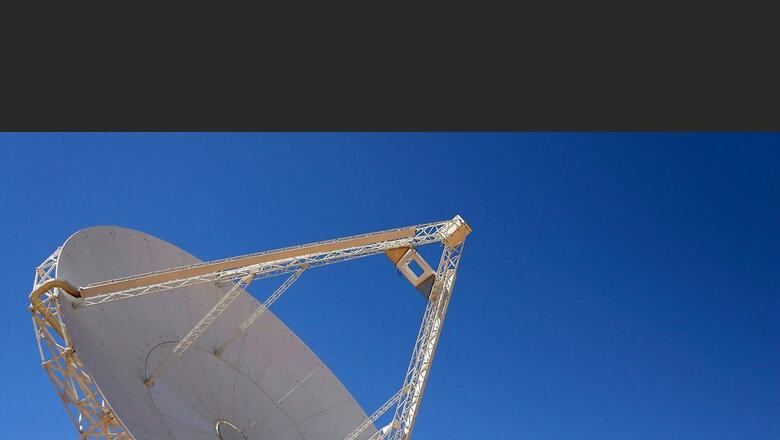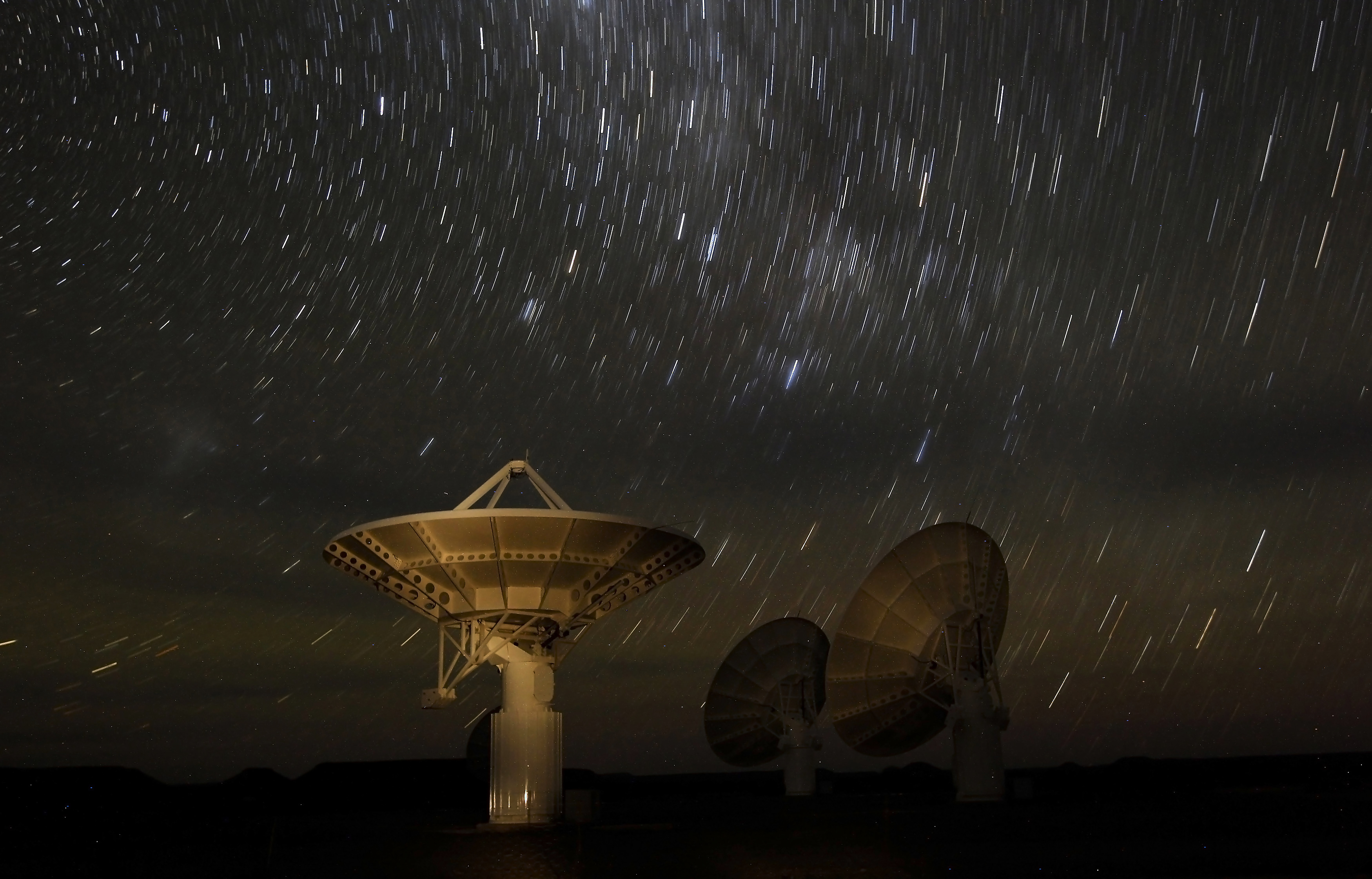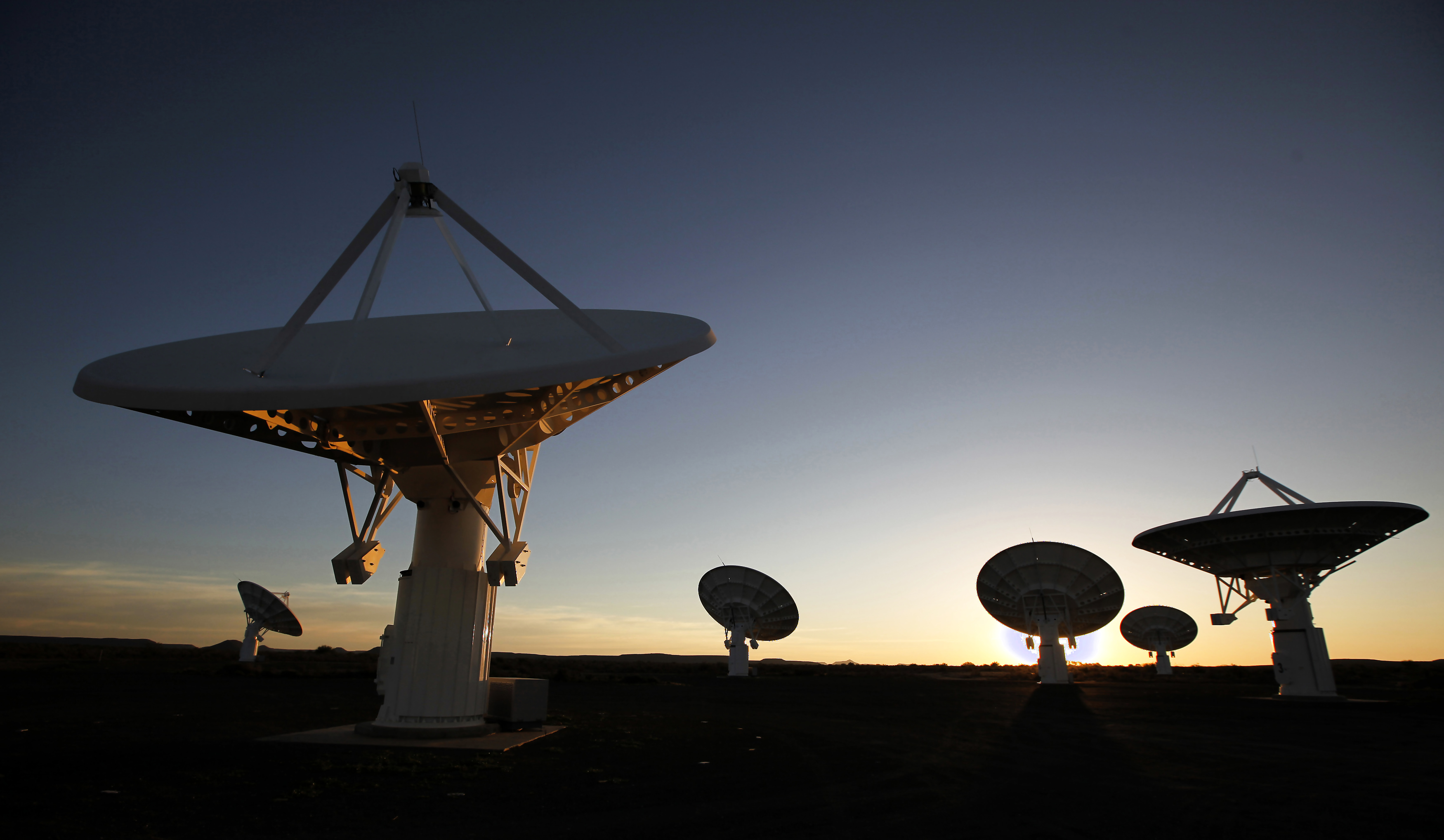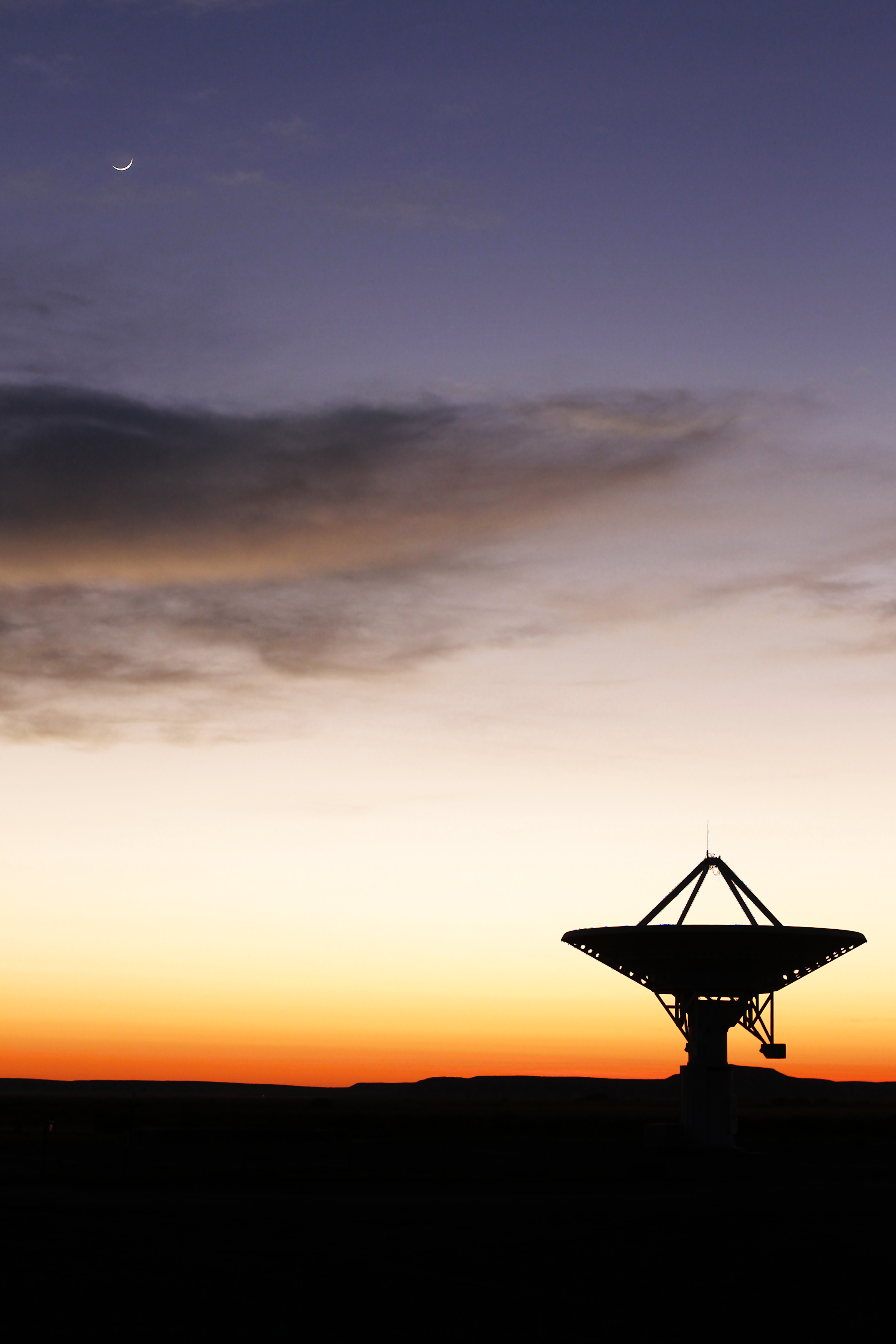
views
Aliens? Check. Dark energy? Check. The history of the universe? Triple check.
In what comes as extraordinary news for science, after more than three decades of planning and preparation, construction of the Square Kilometre Array, which will be the largest radio astronomy observatory on the planet, has finally begun in Australia, reports said.
The Square Kilometre Array (SKA) is being hailed as one of the most significant scientific projects of this century. It is the result of a massive collaboration between multiple governments. The CSIRO and the Square Kilometre Array Organization are working together in Australia to construct and maintain the telescopes.

According to a report by the Guardian, it will make it possible for scientists to look back into the early stages of the universe’s history, when the first galaxies and stars came into existence. In addition to that, it will be put toward research on things like the nature of “dark energy” and the question of why the universe is expanding, as well as the possible hunt for extraterrestrial life.
News18 provides a deeper delve into the conservatory, and India’s ‘link’ to it.
Where Will it be Located?
The Square Kilometer Array (SKA) will initially consist of two telescope arrays. The first of these will be located on Wajarri land in an isolated part of Western Australia and will be known as SKA-Low.
The sensitivity of the SKA-Low radio telescope to low-frequency radio signals inspired the instrument’s name. It will map the sky 135 times faster than any other comparable telescope currently in existence, and it will be eight times more sensitive.
In the Karoo region of South Africa, there will be a second traditional array called SKA-Mid, which will feature 197 different dishes.
During a ceremony that will take place on-site in Western Australia on Monday morning, the Australian minister for industry and science, Ed Husic, as well as the director general of the SKA Organization, Professor Philip Diamond, are scheduled to mark the beginning of construction on SKA-Low.
What Exactly is a Radio Telescope?
In the same way that optical telescopes collect visible light, bring it to a focus, amplify it, and then make it accessible for analysis by a variety of instruments, radio telescopes collect weak radio light waves, bring it to a focus, amplify it, and then make it accessible for analysis by a variety of instruments, explains a report by the US-based National Radio Astronomy Observatory.

Radio telescopes allow us to investigate the naturally occurring radio light that emanates from astronomical objects such as stars, galaxies, black holes, and other space-based phenomena. In addition to this, we can use them to transmit radio waves and to reflect radio waves off of the planetary bodies that make up our solar system. These specialised telescopes are able to observe light with wavelengths that are extremely long, ranging from less than one millimetre to more than ten metres. To put this in perspective, the length of visible light waves is only on the order of a few hundred nanometers, and one nanometer is equal to only 1/10,000th the thickness of a piece of paper. In point of fact, we typically refer to the frequency of radio light rather than its wavelength when discussing it.
When they finally arrive on Earth from beyond our atmosphere, radio waves produced by nature have an extremely low strength. The signals that are transmitted by cell phones are one quintillion times more powerful than the cosmic waves that are detected by our telescopes.
‘Will Determine If We are Alone in the Universe’
“The observatory will define the next fifty years for radio astronomy, charting the birth and death of galaxies, searching for new types of gravitational waves and expanding the boundaries of what we know about the universe,” Dr Sarah Pearce, SKA-Low’s director, told the Guardian.
“The SKA telescopes will be sensitive enough to detect an airport radar on a planet circling a star tens of light years away, so may even answer the biggest question of all: are we alone in the universe?” she added.
Scientists have referred to the Square Kilometre Array (SKA) as a “gamechanger” and a “major milestone” in the field of astronomical research. An astronomer from the University of New South Wales named Professor Lisa Harvey-Smith described the event as “a momentous day for global astronomy.”
Dr. Danny Price, a senior postdoctoral fellow at the Curtin Institute of Radio Astronomy told the Guardian that the sensitivity of the SKA will enable astronomers to look back in time billions of years to the “cosmic dawn,” which is the time when the first stars in the universe were forming.

He explained this for us laymen: “To put the sensitivity of the SKA into perspective, [it] could detect a mobile phone in the pocket of an astronaut on Mars, 225m kilometres away. More excitingly, if there are intelligent societies on nearby stars with technology similar to ours, the SKA could detect the aggregate ‘leakage’ radiation from their radio and telecommunication networks – the first telescope sensitive enough to achieve this feat.”
Professor Alan Duffy, director of the space technology and industry institute at Swinburne University of Technology was quoted as saying in the report that the SKA would likely be the largest telescope ever built, “connecting across continents to create a world-spanning facility that allows us to see essentially across the entire observable universe.”
“The science goals are as vast as the telescope itself, from searching for forming planets and signs of alien life, to mapping out the cosmic web of dark matter and the growing of galaxies within those vast universe-spanning filaments,” Duffy said.
What is India’s Connection?
In India, the SARAS radio telescope has also helped scientists determine the properties of the earliest radio luminous galaxies formed 200 million years after the Big Bang, a period known as the Cosmic Dawn.
The findings, published in Nature Astronomy by an international group of scientists, provided an insight to the properties of the earliest radio loud galaxies that are usually powered by supermassive black holes.
A team of scientists, including Saurabh Singh from the Bengaluru-based Raman Research Institute (RRI), estimated the energy output, luminosity, and masses of the first generation of galaxies that are bright in radio wavelengths.
The Shaped Antenna measurement of the background Radio Spectrum 3 (SARAS) telescope — indigenously designed and built at RRI — was deployed over Dandiganahalli Lake and Sharavati backwaters in northern Karnataka in early 2020.Scientists were able to look back in time just 200 million years after the Big Bang and provide new insight into the properties of galaxies at the time.
Besides RRI, researchers from the Commonwealth Scientific and Industrial Research Organisation (CSIRO) in Australia, along with collaborators at the University of Cambridge and the University of Tel Aviv participated in the study to estimate the energy output, luminosity, and masses of the first generation of galaxies that are bright in radio wavelengths.
Scientists observed radiation from hydrogen atoms in and around the galaxies, emitted at a frequency of approximately 1420 MHz.
The radiation is stretched by the expansion of the universe, as it travels to us across space and time, and arrives at Earth in lower frequency radio bands 50-200 MHz, also used by FM and TV transmissions.
“The results from the SARAS 3 telescope are the first time that radio observations of the averaged 21-centimetre line have been able to provide an insight to the properties of the earliest radio loud galaxies that are usually powered by supermassive black holes,” said Ravi Subrahmanyan, former director of RRI and currently with Space & Astronomy CSIRO, Australia.
With inputs from PTI
Read all the Latest Explainers here




















Comments
0 comment